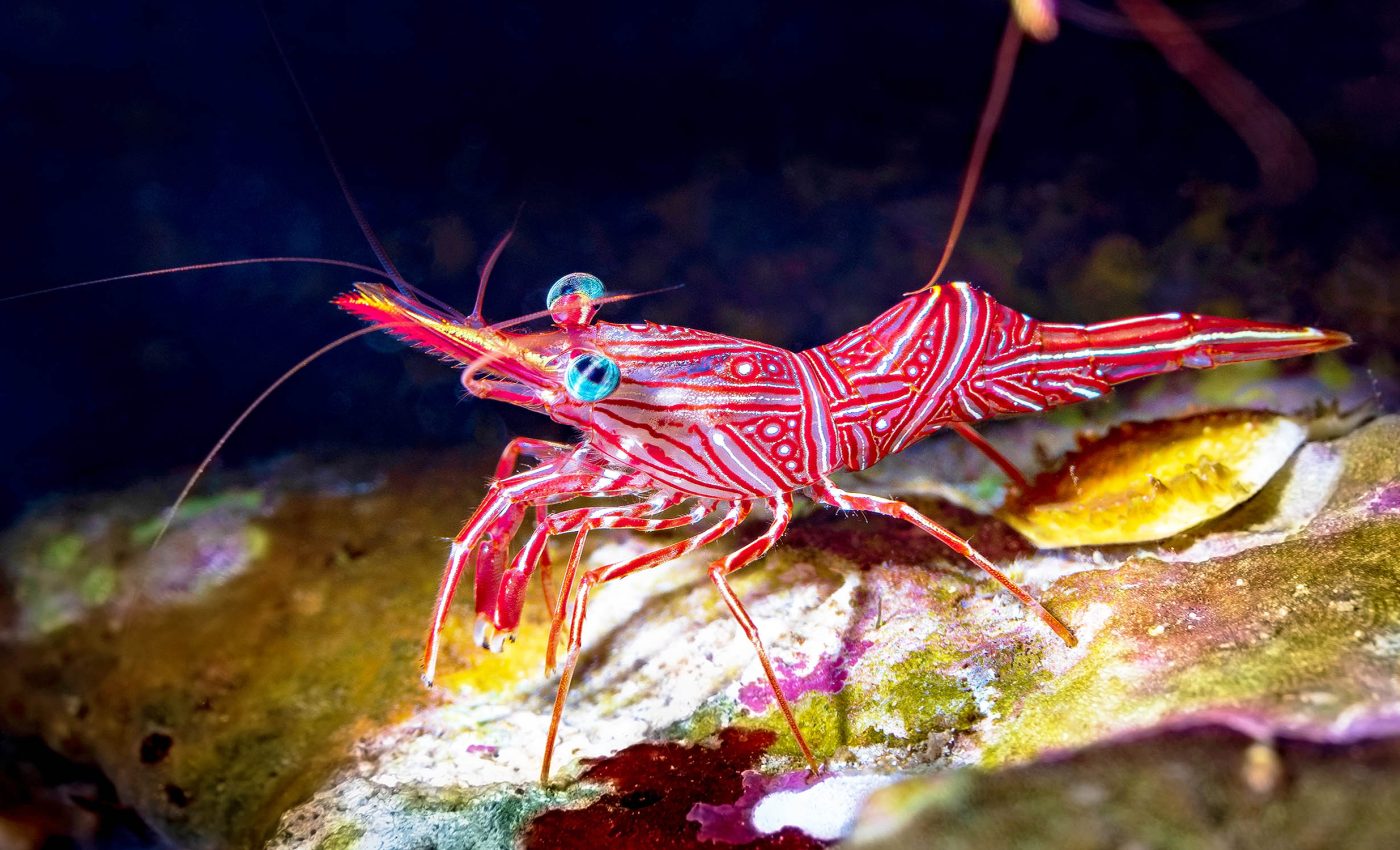
Shrimp have the ability to 'smell' their way home underwater
Have you ever pondered how some animals, like shrimp, can effortlessly navigate their way back to their home cave from great distances? This knack for finding their way back is known as homing.
Notable examples include salmon that swim hundreds of miles upstream to their birthplace and racing pigeons that can find their way home over vast distances.
But it’s not just fish and birds that have this fascinating ability. This sense of ‘home’ is also present in other species such as bees, frogs, rats, and even sea turtles.
They rely on physical cues like landmarks, the Earth’s magnetic field, and the sky’s pattern of polarized light to return home. Now, add one more name to the list — the cave-dwelling mysid shrimp.
Shrimp and their homing abilities
To give this scientific endeavor its due recognition, it’s important to mention the scientist spearheading this research. Enter Dr. Thierry Pérez, CNRS Research Director at the marine research station of Endoume near Marseille in France.
Pérez, along with his diligent team, shines a light on the homing behavior of a unique cave-dwelling mysid shrimp, also informally known as the possum shrimp. Female possum shrimps carry their larvae in pouches, hence earning them this colloquial name.
Dr. Pérez’s recent investigation, documented in Frontiers in Marine Science, reveals an intriguing aspect of the homing behavior of these shrimps.
Their research unveils that the shrimps can differentiate between the unique chemical seascapes of their home caves from those of nearby caves.
So, what’s a chemical seascape? Think of it as a unique water-borne odor bouquet, characteristic of a particular underwater cave.
Anatomy of a cave dwelling shrimp
The specific mysid species in focus here, Hemimysis margalefi, is a resident of sea caves in the northwestern Mediterranean.
Known for their dense swarming behavior, these shrimps revolutionize the traditional notion of staying put. They embark on nightly migrations into open waters, only to return home by dawn.
This adventurous routine is planned primarily for feeding on algae, detritus, and other zooplankton.
Shrimp’s chemical homing abilities
To dig deeper into the mysteries of these shrimps’ homing abilities, Dr. Pérez and his team conducted a unique experiment involving three underwater caves situated in Calanques National Park off southern France.
The time had come to put their hypothesis to the test. Do these shrimps really distinguish their home caves based on a distinct chemical seascape?
The team meticulously set up a system involving a Y-shaped channel, shrimps, and water samples from the three caves.
Each shrimp was allowed to choose between water flows from two different caves. The difference in the time spent by a shrimp in each water flow would hint at their preference for their home cave.
And the results? Loud and Clear: The shrimps proved the scientist’s hypothesis to be correct.
The H. margalefi shrimp showed an evident preference for the water from their respective caves over water from other caves.
Chemical clues shrimp use for homing
So, what makes the waters from different caves smell differently to the shrimps?
The researchers analyzed the waters from the three caves using cutting-edge technology and discovered that each cave’s water had a varying composition of natural compounds and human-introduced pollutants.
On the surface, it seems like we’re merely discussing shrimp behavior, but take a step back, and the implications are profound.
These creatures play a critical role in the functioning of the marine ecosystem and any disruption in this system, such as changes in water quality, could impact the entire ecosystem.
This concern is particularly relevant today, given the increased frequency of mass coral and sponge mortalities triggered by global changes.
Conservation implications
The discoveries related to Hemimysis margalefi‘s homing behavior underscore the intricate relationships organisms have with their habitats, presenting crucial implications for conservation biology.
The ability of these shrimps to use chemical cues to locate their home caves highlights the need to preserve the unique chemical environments of marine ecosystems.
As chemical compositions can be altered by both natural processes and human activities, maintaining water quality is imperative to ensure the survival and functionality of such species.
These findings prompt a reevaluation of current environmental protections, advocating for advanced monitoring and mitigation strategies to safeguard biological diversity, particularly amidst escalating anthropogenic threats.
Future research directions
The pioneering study by Dr. Pérez and his team opens several promising avenues for further research.
Future studies could explore the adaptive significance of homing behaviors in other cave-dwelling marine species like shrimps, broadening our understanding of their ecological roles and needs.
“We know that food availability in marine cave ecosystems largely depends on the daily migrations of zooplankton such as mysids,” Perez explained.
“Our results suggest that any change in water quality or sessile fauna inside caves can alter their chemical seascape, with a likely negative impact on the functioning of the whole ecosystem.”
This is concerning, because due to global change, mass mortality of sponges and corals are becoming more frequent.
“We are currently following up on our results by trying to correlate the chemical seascapes from different caves with the biodiversity of sessile organisms living in them, focusing on the role of metabolites from sponges and corals,” concludes Perez.
Significance of studying homing shrimp
As the scientific community delves deeper, these integrated approaches will not only enhance our comprehension of marine ecosystems but also bolster efforts in their protection and restoration.
While this research offers intriguing insights into the homing abilities of mysid shrimps, it also hints at the broader picture of environmental change and its impact.
Dr. Pérez and his team continue to delve deeper, correlating biodiversity with the chemical seascape of various caves.
The study is published in the journal Frontiers in Marine Science.
—–
Like what you read? Subscribe to our newsletter for engaging articles, exclusive content, and the latest updates.
Check us out on EarthSnap, a free app brought to you by Eric Ralls and Earth.com.
—–













